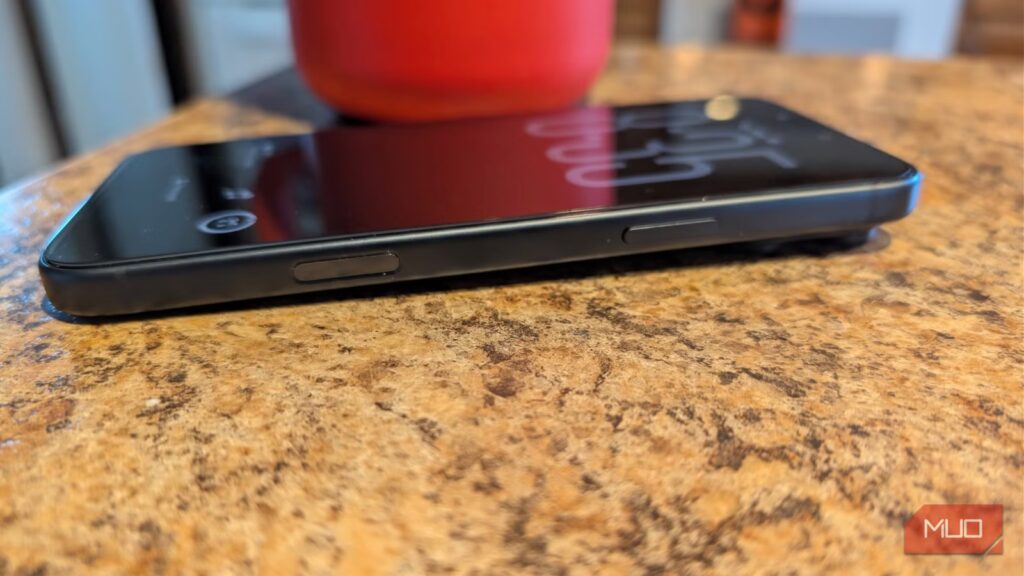Smartphones keep getting tougher with each new generation, whether it’s Samsung and its Galaxy S series or Apple’s iPhone. That’s good news, and honestly, it’s what you should expect when spending a premium on new tech. Despite this, no matter how advanced the hardware gets, one simple drop can still crack the display and lead to an expensive repair.
For the past few years, I’ve purchased the latest iPhone Pro Max, along with a subscription to AppleCare+. Despite this, I continue to buy a screen protector to protect it. After testing numerous options over the years, I have finally found one that meets all my needs.
What to look for in a screen protector
There are several factors to consider
Whether you’re looking for a screen protector online or in a store, the first thing you’ll almost certainly notice is that there are lots of options available at various price points. More confusingly, most top vendors offer several different types of screen protectors that, at least on the surface, appear nearly identical to one another. Vendors such as ZAGG, Belkin, ESR, and OtterBox are notorious for releasing multiple screen protectors for the same phone.
There are several factors to take into account when buying a screen protector for your new phone. First, it’s essential to understand the various material types, which differ slightly in terms of durability and weight. The most popular is tempered glass, which tends to offer the best scratch and impact protection. There’s also PET, which stands for polyethylene terephthalate, which provides a thinner and more flexible screen protection experience. Finally, there’s TPU, or thermoplastic polyurethane, which, for better or worse, offers self-healing properties.
In my humble opinion, glass protectors are the best, even though they are typically more expensive than the other options. These types of screen protectors offer features such as edge-to-edge coverage, anti-glare, and anti-fingerprint coatings.
Beyond the material used for a screen protector, you also need to look at its hardness rating. This is measured on the Mohs scale, which rates the scratch resistance of the material; the higher the number, the better the protection. Typically, I look for protectors with a rating of 9H or higher.
Then there are the extras. Some screen protectors can better repel fingerprints and smudges, while others include anti-glare or matte finishes to reduce reflections in bright environments. Still, other iPhone protectors are designed to provide privacy, which many users really like.
When selecting a screen protector, I also recommend choosing one that comes with an alignment tray. This makes it easier to install and reduces the likelihood of your screen developing those dreaded bubbles.
What about price?
The most expensive screen protectors are not necessarily the best ones on the market. If you’re paying more than $60 for a screen protector, you’re likely buying one with features you don’t really need, or paying an inflated price simply because of its brand name.
Besides the actual price for the screen protectors, you also need to read carefully and see how many protectors come in the box. Typically, they are sold in single packs or with two or three protectors; however, it’s not always easy to find this information on the box. Interestingly, this number often bears no relation to the price. You can find three-packs, for example, that are significantly less expensive than single packs.
The most important thing to remember about screen protectors
Don’t get caught
Screen protectors have two primary purposes: they are designed to protect your device from scratches and minor impacts. The better ones also absorb some of the shock when a device is dropped. When the protector works as expected, a fall will shatter it or cause it to crack rather than cause a problem with the phone’s physical screen.
I just want to clarify that again: if the protector breaks due to a fall, it works as intended. When this happens, you need to remove the protector immediately and replace it with a new one; a broken screen protector can no longer provide adequate protection. This is why I always recommend buying a product that comes with more than one screen protector in the box.
The best screen protector on the market
One you might not expect
The ESR UltraFit Armorite Pro Screen Protector is the one I recommend for your smartphone. The high-quality protector is made from Corning glass, a company known for its exceptional products. Sold in a pack of three, this product is priced at around $35, or approximately $12 per protector, which is a great value compared to others on the market.
There are several reasons I prefer this screen protector over any other, which extend beyond its exceptional price. First, the 9H-rated product has been engineered to withstand 110 pounds of pressure, making it largely shatterproof, drop-proof, and scratch-resistant. Second, it features “nano-adhesive” technology, which, when used in conjunction with the included applicator tray, ensures that no bubbles remain after installation. It also offers much lower reflectivity than many other screen protectors and less haze. There’s also 25% less light loss than other brands.
And yes, I like that there are three screen protectors in every pack. This means I probably won’t have to buy another one during the life of my iPhone 17 Pro Max.
What are you waiting for?
There’s a simple reality about all smartphones: no matter how rugged they become, there’s no substitute for a reliable screen protector. ESR’s UltraFit Armorite Pro ensures everlasting clarity, drop resistance, and peace of mind for a fair cost. It’s available for most late-generation Apple and Samsung phone models.

